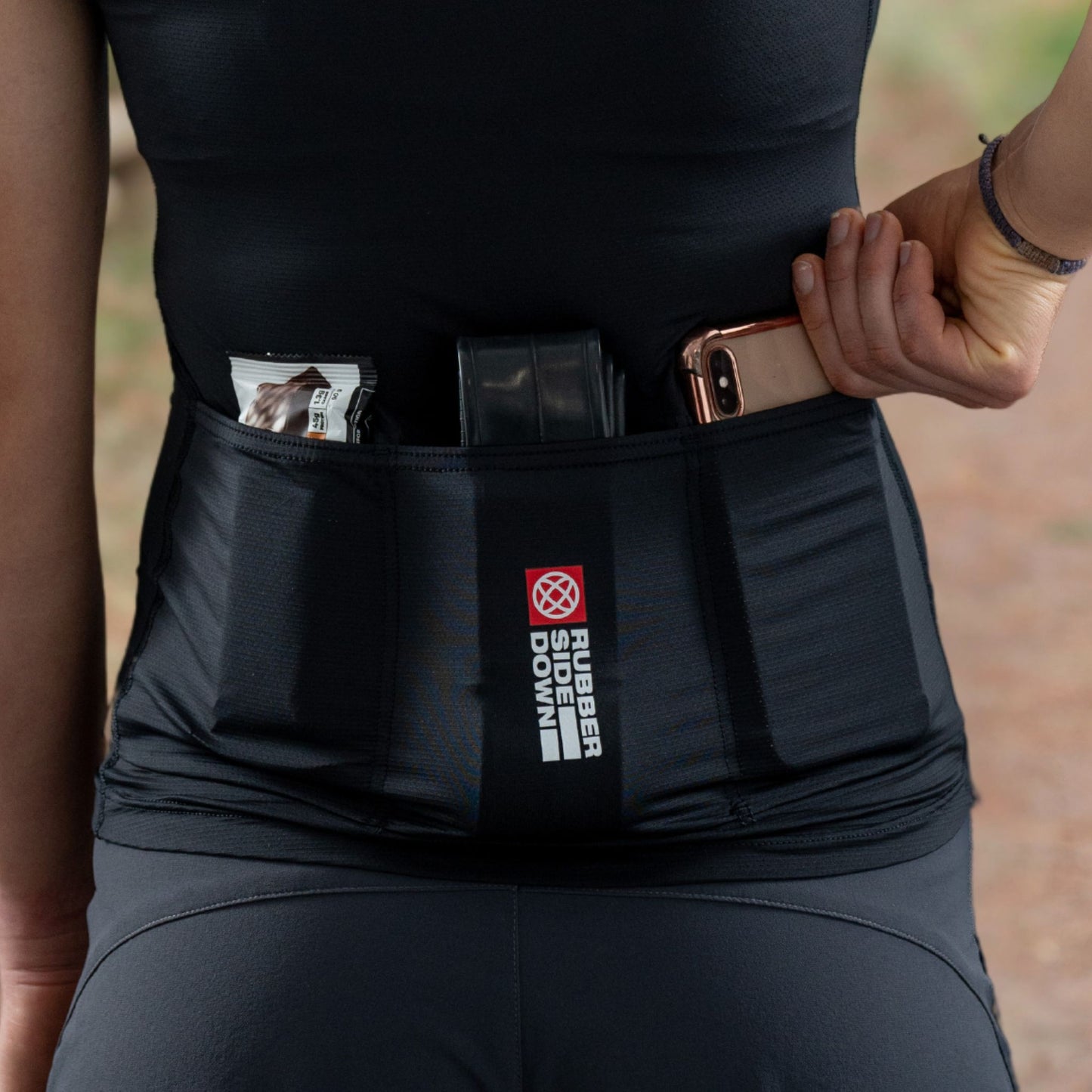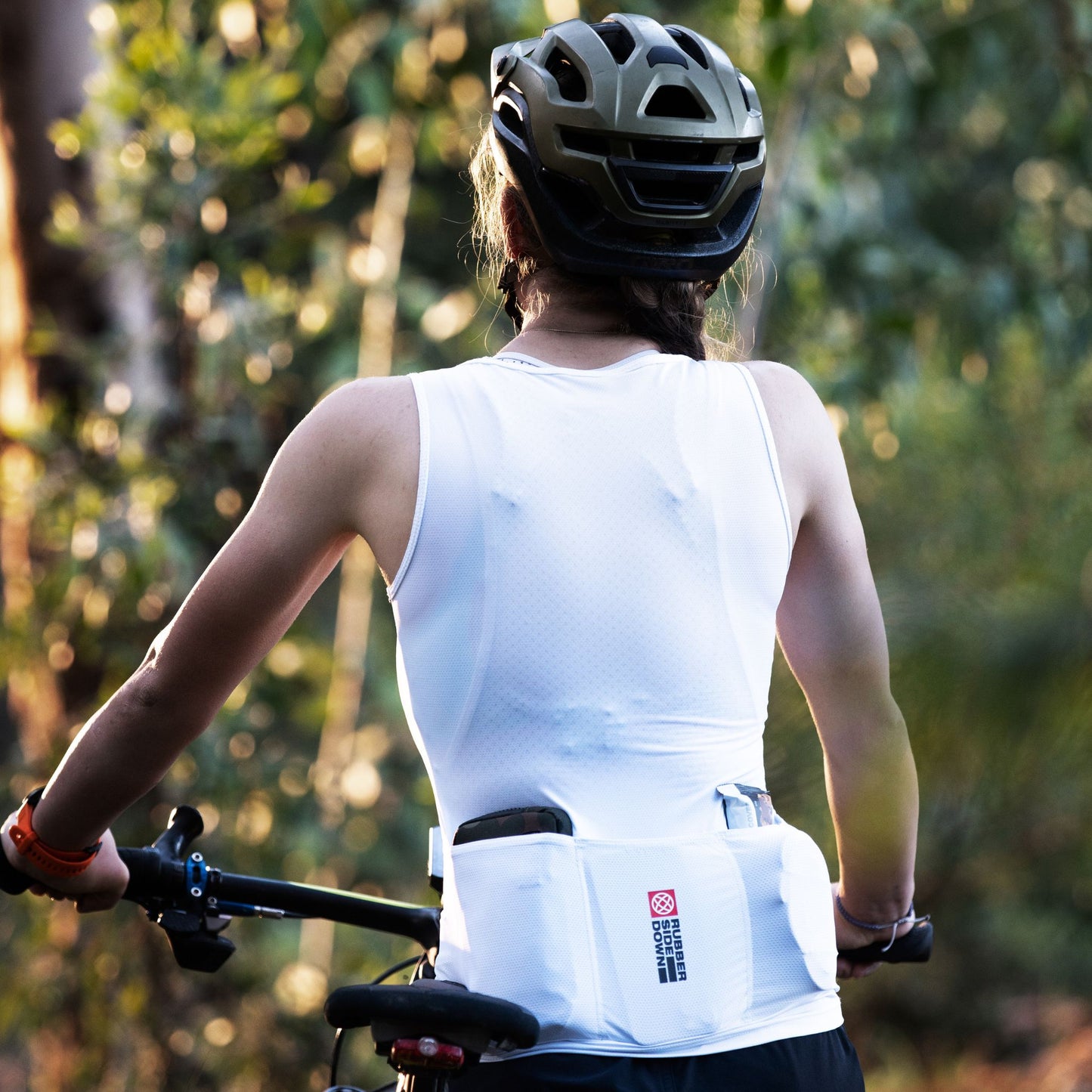
We all love fast and flowing descents when on our mountain bikes, but to be able to enjoy the downhill, we spend a fair amount of our time on the bike riding uphill. This is our ultimate guide to making the climb that little bit easier. We discuss cadence, traction, and how to manage e-Bike power. Let's get after it.
Gearing and Cadence Synergy
The most critical factor in successful climbing is finding a sustainable cadence that allows you to maintain a good rhythm for the entire ascent.
- Avoid Extremes: Don’t spin too fast (Road-runner) or use such a low cadence that you are grinding with excessive effort but minimal forward movement.
- The Balance: You need a gear that requires a push that is challenging, but ultimately is sustainable, adapting the choice to the hill’s gradient.
Tip: If you are spinning too fast (feeling easy but draining), drop down one or two gears harder) to slow the cadence and increase efficiency. If you are struggling (grinding), shift up the block (easier) to quicken the pace and accelerate.
Body Position and Micro-Adjustments
Body position is a continuous dance of micro-adjustments to maximise efficiency and grip.
- Front vs. Back Balance: Too much weight over the back causes the front wheel to go light and lose steering control. Too much weight over the front causes the rear wheel to slip (especially on wet or steep terrain).
- Steep/Standing Climbs: Consistently shift your weight back and forth and left to right to maintain the best, most consistent grip.
Line Choice and Momentum
Always look for the path of least resistance to make climbing easier, but sometimes the path with more momentum is better.
- Momentum Over Steeps: A slightly mellower line, even if it has small roots or steps, can be faster if you can carry speed and momentum into the obstacles.
- Conserve Energy: If a climb has a massive step or obstacle, finding a smoother line around it is often far more beneficial than tackling it directly, saving significant mental and physical energy, especially in race scenarios.
- Loose Surfaces: On gravel or loose rocks, use a slightly harder gear (controlled torque) to prevent the rear wheel from spinning out. You may also benefit from staying seated to keep your weight over the rear wheel.
Suspension Lockout Strategy
Suspension lockouts typically have three modes: Open, Mid, and Closed (Firm/Stiff). Using them smartly is key.
- Mid/Closed Mode: For long, smooth, drag climbs, stiffen the suspension. This prevents the bike from bobbing up and down, making your pedalling input more efficient and driving you forward better.
- Open Mode for Traction: When a hill is very steep, muddy, or loose, you should actually unlock the suspension (Open mode). Allowing the suspension to move, hunkers the weight down onto the back wheel, maximising traction where it’s most needed.
Tyre Pressure and Geometry
- Tyre Pressure: While you won’t change this mid-ride, running slightly softer pressures (e.g., 23 PSI down to 21 PSI) allows the tyre to conform to the ground more, increasing grip and traction.
-
Modern Geometry: XC race bikes are designed to maximise climbing:
- Negative Rise Stems: Put weight aggressively over the front.
- Steeper Seat Tubes: Move the rider’s weight more centrally or forward, helping keep the front end down and preventing you from looping out.

Motor Modes & Power Delivery When Climbing on an E-MTB
Familiarise yourself with your motor’s specific modes (Eco, Trail, Boost, etc.) and tuning profiles (e.g., RS vs. RS+).
- Trail Mode (Elastic Power): This is ideal for most technical climbs, as the power delivery is elastic—the motor gives back power proportionate to the power you put in. This prevents sudden spikes that could throw the bike off-line or lift the front wheel.
- Boost Mode: Reserve this for the steepest, most technical, or steppy sections where maximum assistance is required.
- Overrun: If your system has this (motor assists after you stop pedalling), it’s useful for ultra-techy spots where a smooth pedal stroke is impossible, providing a crucial burst of drive.
Optimised E-Bike Cadence
The motor delivers peak efficiency and torque within a specific RPM range, making cadence crucial.
- Peak Power Range: For Shimano EP systems (e.g., EP801), aim for a cadence of 70 to 90 RPM. Bosch CX systems have a broader range (60 to 140 RPM).
- Smart Drivetrain: Technologies like Shimano Di2’s Auto Shift (changes gear for you) and Free Shift (changes gear without pedalling) help keep you in the motor’s optimal range.
E-Bike Setup for Traction
- Wider Rear Tire: Prioritise grip over rolling resistance. Run a wider tire on the rear (e.g., 2.6 inches) to handle the motor’s increased torque and power.
- Lower Pressure: Drop pressures significantly (e.g., 19 PSI) to allow the wider tire to mould and conform around roots and rocks for maximum traction (like a trials motorbike). Be careful not to go too soft and risk a pinch flat on the descent.
E-Bike Body Position
The extra power requires slightly different techniques to keep the front end down and the rear weighted.
- Drop the Seat: Use the dropper post to lower your centre of gravity, which shifts more weight to the rear wheel for traction and stops the front end from lifting easily. Use smart features (like a pre-set drop) for consistency.
- Rotate Hips: A slight hip rotation can subtly shift weight back onto the rear wheel for extra grip.
- The Squatting Technique: Hover between sitting and fully standing. This gives you a firm, central centre of gravity for solid power delivery while allowing you the freedom to make micro-adjustments left, right, back, and forth to maintain traction.


